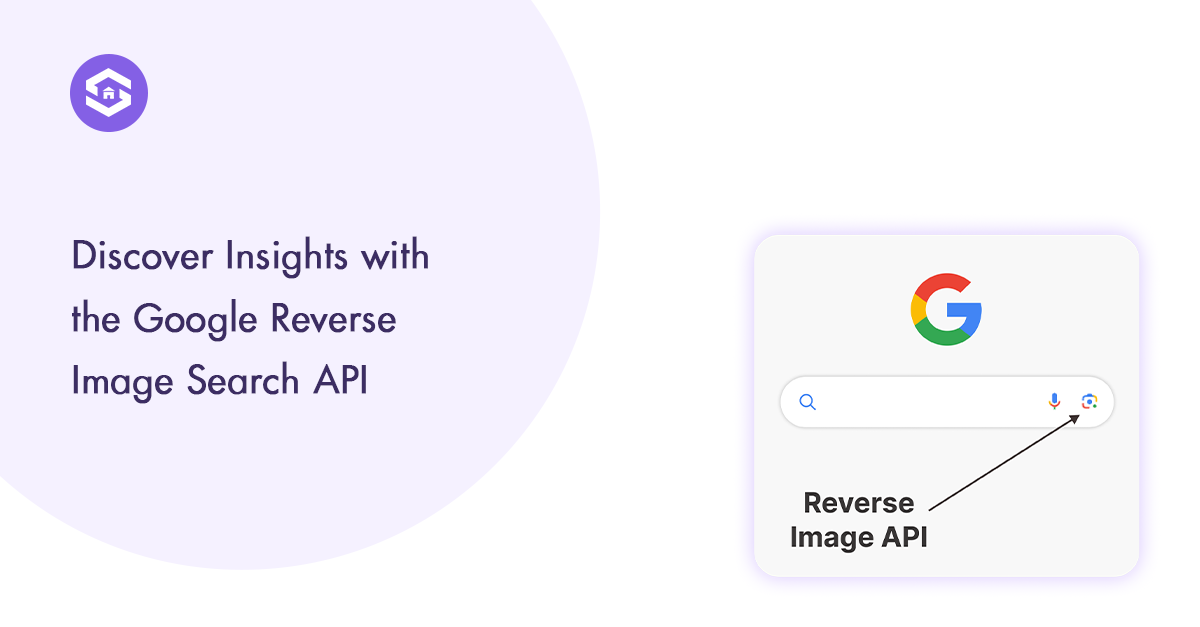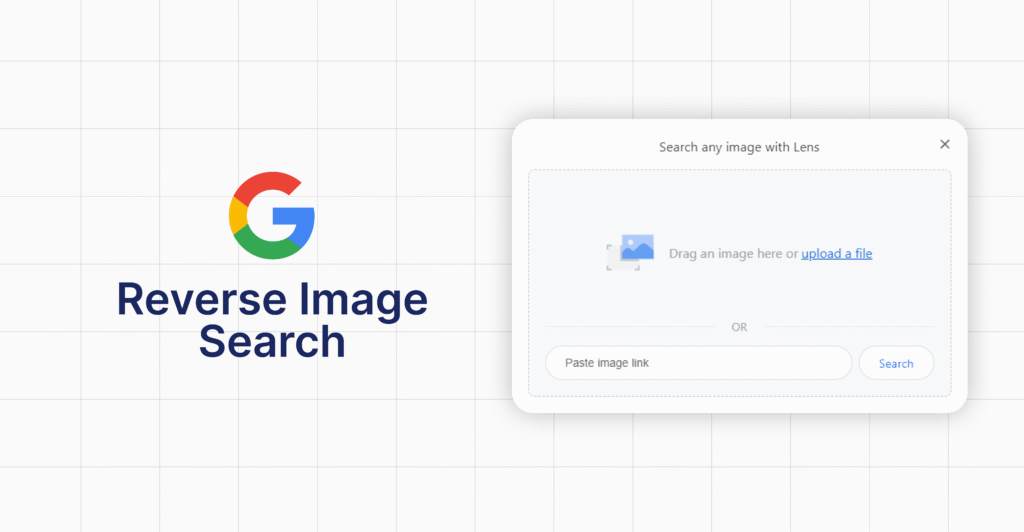Getting Insights with the Google Reverse Image Search API
8 min read
8 min read

Table of Contents
Table of Contents
In today’s digital landscape, images reign supreme. From captivating social media posts to informative blog visuals, images play a crucial role in capturing attention and conveying information. But what if you could harness the power of images beyond aesthetics? Enter the Google Reverse Image Search API, a valuable tool that unlocks a world of possibilities for image-based content analysis.
This blog delves into the fascinating world of the Google Reverse Image Search API (though it’s important to note there’s no official public API available). We’ll explore alternative solutions and delve into the potential benefits of leveraging image recognition technology for various purposes. Here’s what you’ll discover:
Understanding Reverse Image Search: We’ll explore the core functionality of reverse image search and its real-world applications.
The Power of Unofficial APIs: While there’s no official offering, we’ll discuss alternative solutions like web scraping and third-party APIs that provide similar functionalities.
Unlocking Insights with Image Recognition: We’ll dive into the world of image recognition tools and how they can analyze images to extract valuable data.
Practical Applications for Businesses: Discover how businesses can leverage the power of image-based search functionalities for various purposes.
The Future of Image Recognition Technology: We’ll peek into the exciting future of image recognition technology and its potential impact on various industries.
So, buckle up and prepare to unlock the hidden potential of images with the power of reverse image search!

Reverse image search allows you to search the web using an image instead of keywords. Simply upload an image, and the search engine attempts to find similar images, web pages containing that image, or information about the image itself. This functionality can be incredibly useful for various purposes, such as:
While Google doesn’t offer a public Google Reverse Image Search API, alternative solutions exist to harness similar functionalities.
While an official Google Reverse Image Search API doesn’t exist, there are alternative ways to achieve similar results. Here are two notable approaches:
Web Scraping for Reverse Image Search: Web scraping involves extracting data from websites. In this context, you could write a script or utilize existing web scraping tools to automate uploading an image to Google’s reverse image search and retrieve the results. However, be aware of Google’s terms of service and scraping responsibly to avoid website overload.
Third-Party Image Recognition APIs: Several companies offer third-party APIs that provide image recognition functionalities similar to a Google Reverse Image Search API. These APIs often come with various features, such as:
Object Recognition: Identify objects and entities within an image.
Scene Recognition: Analyze the overall scene depicted in the image (e.g., beach, office).
Similar Image Search: Find visually similar images from various sources.
Text Recognition: Extract text embedded within the image (e.g., logos, captions).
By exploring these unofficial solutions, you can unlock the power of image-based search functionalities for various purposes.

Image recognition tools powered by APIs or web scraping go beyond simple reverse image search. These tools utilize machine learning and artificial intelligence to analyze images and extract valuable data. Here are some potential applications of image recognition tools:
The possibilities are vast, and as image recognition technology continues to evolve, we can expect even more innovative applications to emerge
Let’s delve deeper into how businesses can leverage the power of image recognition functionalities, similar to those offered by a hypothetical Google Reverse Image Search API:
Enhanced Customer Experience: Imagine a clothing retailer offering a “search by image” functionality on their website. Customers could upload a picture of an item they like (from any source) and find similar products within the retailer’s inventory. This personalized approach can significantly improve customer experience and lead to higher conversion rates.
Market Research and Trend Analysis: Businesses can leverage image recognition tools to analyze user-generated content on social media. By identifying frequently appearing objects or scenes within images, businesses can gain valuable insights into current trends, consumer preferences, and potential product opportunities.
Brand Protection and Monitoring: Image recognition can be a powerful tool for brand protection. Businesses can monitor online platforms for unauthorized use of their logos, trademarks, or product images. This allows for swift action against copyright infringement, protecting brand reputation and intellectual property.
Content Creation and Optimization: Analyze high-performing visual content from competitors or industry leaders. Use these insights to identify effective visual elements and content styles that resonate with your target audience. This can inform your content creation strategy and optimize existing visuals for better engagement.
The future of image recognition technology is brimming with exciting possibilities. Here’s a glimpse into what’s on the horizon:
As image recognition technology evolves, it will undoubtedly play an increasingly pivotal role in various industries. From enhancing customer experiences to streamlining business processes, the potential applications are limitless.
The concept of a Google Reverse Image Search API offers a glimpse into the transformative power of image recognition technology. By leveraging alternative solutions like web scraping or third-party APIs, businesses can unlock valuable insights from images and revolutionize their approach to marketing, content creation, and customer service. As image recognition technology continues to advance, we can expect even more innovative applications to emerge, shaping the future of how we interact with the digital world.
Ready to explore the power of image recognition for your business? Research available third-party APIs and consider how image-based search functionalities can enhance your operations and customer experience. The future of image recognition is bright, and those who embrace its potential will be well-positioned for success in the digital age.
The Google Reverse Image Search API allows users to search the web using an image instead of text. By uploading an image, the API finds visually similar images and related content across the web.
The API can help with SEO by identifying where your images are being used on other websites, detecting unauthorized use of your content, and discovering opportunities for backlinks.
Yes, you can integrate the API with various tools and platforms, such as image recognition software, content management systems, and analytics platforms, to enhance their functionality.
Google takes security seriously, implementing robust measures to protect data transmitted through its APIs. However, it’s essential to follow best practices for API security, such as using HTTPS and managing API keys securely.
o get started, sign up for API access on the Google Cloud Platform and SERPHouse website. Obtain the necessary API keys, review the documentation for both APIs, and integrate them into your application following the provided guidelines.